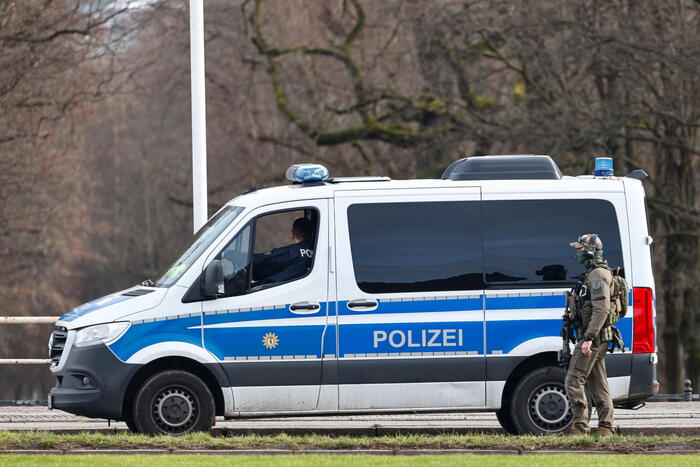A happy coincidence awaited a team of German archaeologists during excavations carried out in a recycling center. They discovered a clay figurine representing the Egyptian goddess Isis near the town of Krefeld in North Rhine-Westphalia.
Read also: The former Egyptian Minister of Antiquities demands from Germany the return of Nefertiti
The director of research, Hans-Peter Schletter, immediately commented on his formidable discovery in the local press: “This extremely rare find dates from the presence of the Roman Empire in the Bas-Rhin. The represented female drawing sits on a throne and protects a child on his lap. This Egyptian deity is composed on the model of our Virgin Mary with the baby Jesus. ”
Read also: A two-thousand-year-old Roman library discovered under a temple in Cologne
Although exceptional, this archaeological discovery does not completely surprise historians since we know that Roman auxiliary troops were based in this region towards the end of the 1st century AD. JC According to Éric Sponville, one of the archaeologists of the Schletter team, this small relief, some 8 cm high, decorated an amphora that may have belonged to a domus.
The terrible Caligula restores the cult of Isis
The cult of Isis penetrates Rome at the end of the Republic but it is under the Empire that it will know its peak. Emperor Tiberius (42 BC -37 AD) tried to ban it, but his successor the terrible Caligula (12-41) restored it in all its majesty because it had remained very popular. The queen of the Egyptian goddesses was often represented as a protector of navigation on coins.
Other archaeological artifacts, including coins, urns, weapons and even a horse skeleton, were found two years ago in this region. They are now on display at the Krefeld Museum.
The Roman military camp of Krefeld served to protect the natural border of the Empire, the famous limes, on the edge of the Rhine, of the Germanic tribes established beyond the river. This region of Germany, rich in history, is now waiting to be listed as a UNESCO World Heritage Site. The institution is expected to issue its verdict in July 2021.









